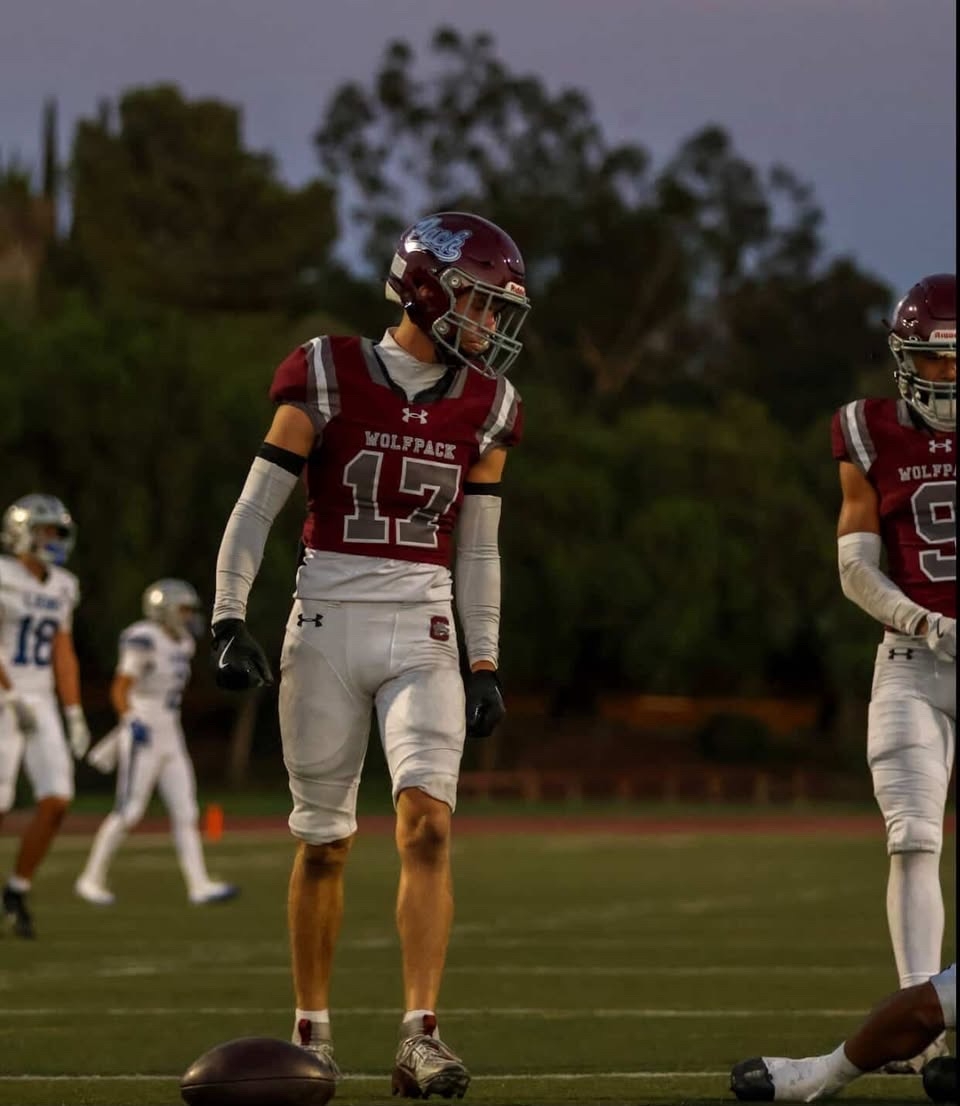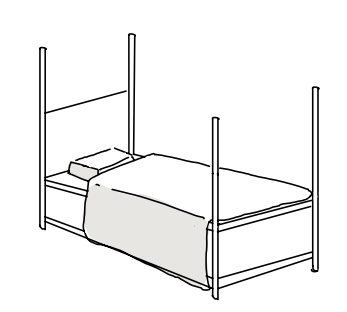College sports have changed forever. The incorporation of NIL deals has become a major inflection point in sports history, as college programs transition closer to being professional programs.
NIL or “Name, Image, and Likeness” deals have infiltrated college sports at a national level. These deals allow for teams to spend money recruiting new players, and allows for the players to make advertising deals to make extra money. This has become a more crucial issue as college programs earn more money. According to an NCAA report, college football revenue reached $17.8 billion in 2022, an increase of 31% from previous years. This revenue increase has led to an increase in demand for compensation from the players.
Historically, the NCAA has been strict when it comes to recruiting and spending money for players. They have even suspended teams for entire seasons and banned teams from playing in major tournaments and games to prevent unfair advantages for select schools. Collegiate programs now have the opportunity to spend tens of millions of dollars on recruits. This change has allowed for many high school players to look for compensation as well. This has led to many states adopting their own rules and regulations regarding player compensation; most states outright allow players to use their name, image, and likeness to generate revenue. However, there are still states which ban it completely.
These confusing policies are compounded with the regional regulations and differences. However, in California, it is relatively simple. In 2021, California formally allowed NIL deals to be given to high schoolers. This has been massively beneficial for top end schools with massive pockets reserved for recruiting high end athletes from other states, especially from states like Texas where NIL is prohibited for athletes under 18. These deals threaten to upend the balance in the strength of top end teams.
These NIL policies are going to influence anyone looking to make a career in athletics. The talent gap between certain schools is going to grow and the records are going to reflect that. At the collegiate level, top end recruits could get more compensation for their work, and recruits are going to streamline into schools with the biggest pockets.












